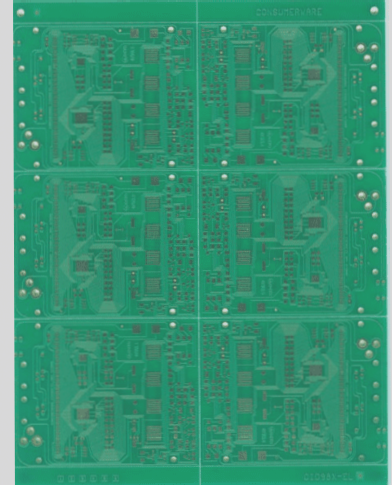Common Causes of Poor Solderability in PCBs and Prevention Methods
Encountering poor solderability in PCB design and production can lead to re-soldering or even remanufacturing, causing significant inconvenience for engineers. Understanding the root causes of this issue is crucial for prevention. Here are some common reasons for poor solderability and how to prevent them:
- Grease, impurities, and debris adhering to the PCB surface can hinder proper soldering. Cleaning with solvents is necessary, especially for removing residual silicone oil.
- Prolonged storage time or exposure to humid environments can cause oxidation on the tin surface and dullness on the copper surface, impacting solderability.
- Insufficient temperature or soldering time during the PCB assembly process, along with improper flux usage, can result in poor solderability.
- Ensuring the soldering temperature is appropriately higher than the solder’s melting point, proper preheating time, and correct flux distribution are essential for good solderability.
- The quality of solder material and terminal cleanliness directly affect soldering results. Regular inspection of solder purity and terminal cleanliness is crucial.
Preventing Tin Stripping in PCBs
In addition to poor solderability, tin stripping is a related issue that affects tin-lead-plated substrates. Symptoms are similar but more severe, often requiring PCB return to the factory for repair.
By addressing these factors and implementing preventive measures, engineers can enhance solderability and minimize the need for rework in PCB manufacturing.

